Further challenges are presaged for South Korea’s already lagging immunization program as another COVID-19 vaccine comes under scrutiny by an overseas regulator over rare, potentially fatal blood clots.
The US Food and Drug Administration on Tuesday recommended an immediate pause on the Johnson & Johnson vaccine after six recipients came down with a rare and severe type of blood clot in the brain. All six were women between the ages of 18 and 48. One has died and another is in critical condition.
The specific blood-clotting condition that struck the women is called cerebral venous sinus thrombosis -- which was also observed in a small number of those who received the AstraZeneca COVID-19 vaccine. Korea recently stopped AstraZeneca vaccinations in anyone under 30 years of age after a third report of this happening to a recipient.
Experts say Korea should expand the availability of other vaccines that are free of similar suspicions to keep the mass vaccination campaign up and running. As it happens, AstraZeneca and Johnson & Johnson shots make up the majority of the country’s supplies expected between now and July.
The delivery of 6 million doses of Johnson & Johnson’s vaccine, as well as 7 million more doses of AstraZeneca’s, is set to begin in phases over the next couple of months, according to the government announcement. Also coming over the same period are about 5 million doses of the Pfizer vaccine, which will be reserved for older people.
But if a similar age limit is imposed for the Johnson & Johnson vaccine, Korea will have more vaccine reserves that can’t be used in younger populations. Out of the more than 3.6 million doses of COVID-19 vaccines that Korea currently has in stock, nearly 60 percent are from AstraZeneca.
Infectious disease professor Dr. Kim Woo-joo of Korea University suggested boosting the introduction of other vaccines, such as those from Pfizer and Moderna, whose safety and effectiveness are increasingly substantiated by real-world evidence. There have been no similar red flags with Pfizer and Moderna shots, both of which are based on messenger RNA technology.
“Once vaccines are given to larger populations, side effects unseen in clinical trials of smaller sizes may well arise -- which is why close monitoring post-release was imperative,” he said. He said the suspension of the shots was “a reasonable precaution,” until better understanding is gained.
Scientists are just working out the mechanism behind the blood-clotting cases with the two vaccines, which employ the adenovirus technology, said Dr. Jean-Louis Excler of the International Vaccine Institute.
Both AstraZeneca and Johnson & Johnson use adenoviruses as vectors to pass on codes to human cells to make the “spike protein” found on the surface of the coronavirus, readying the immune system to produce antibodies that defend against the actual virus. The leading hypothesis is that the blood clots may be rare immune responses triggered by the adenoviral component of the vaccines.
Excler, who is a part of the vaccine safety group within the World Health Organization-backed COVAX alliance for fair access to COVID-19 shots, said, “It’s too early to say, but we cannot exclude this hypothesis. Scientists will dissect all avenues.”
He added that “several” older research findings predating the cases with the COVID-19 vaccines had mentioned interactions between adenoviruses and platelets. “But that doesn’t mean anything is proven. We still don’t have an explanation about the triggering factor of such events in vaccinated individuals,” he said.
A noteworthy similarity in the clotting events emerging in the two adenovirus-vectored vaccines was the unusual combination of clotting and low platelets, said Dr. Paik Soon-young, a virologist at the Catholic University of Korea.
“If the immune trigger is related to the viral vectors, then it might also affect Sputnik V,” another adenovirus vector vaccine from Russia, he said. Not much information is available about the Russian vaccine so far.
Peter Marks, the director of the FDA’s Center for Biologics Evaluation and Research, said in a briefing Tuesday, “It’s plainly obvious to us already that what we’re seeing with the Janssen (Johnson & Johnson) vaccine looks very similar to what was being seen with the AstraZeneca vaccine.”
One difference between the two might be that AstraZeneca’s vaccine uses a chimpanzee adenovirus, and Johnson & Johnson’s uses a human adenovirus, Paik said. But they were both type 26 and should be “phylogenetically almost identical.”
Dr. Kim Dong-wook, the president of St. Mary’s Hematology Hospital, urged special attention from primary care providers and vaccinators so that appropriate management is offered to vaccinated people with suspected symptoms of blood clots.
“Even if we are able to diagnose the conditions, now termed vaccine-induced thrombotic thrombocytopenia, there appears to be no guidelines on how these conditions might be treated,” he said.
The FDA said while an anticoagulant drug called heparin is used to treat blood clots in normal settings, administering heparin in this case could be dangerous. It did not specify what the alternative might be.
“So it’s important that we do not brush off these emerging events, and precaution being undertaken here and elsewhere appears deserved,” he said. “The highest priority should be given to safety, rather than speed of the rollout.”
By Kim Arin (
arin@heraldcorp.com)
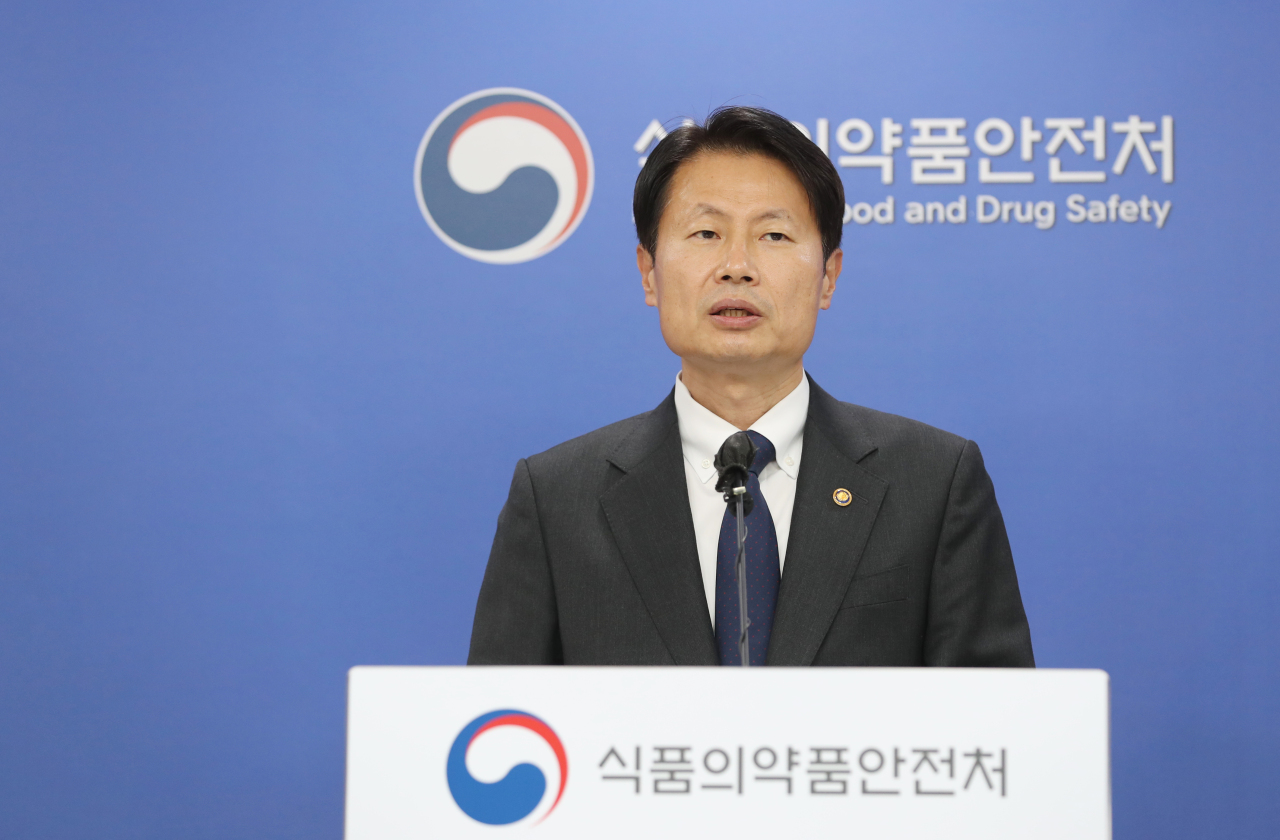
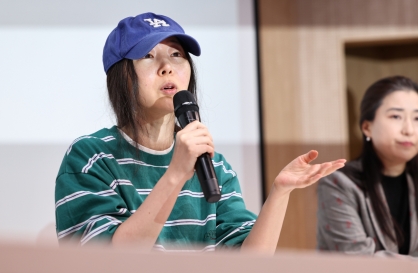
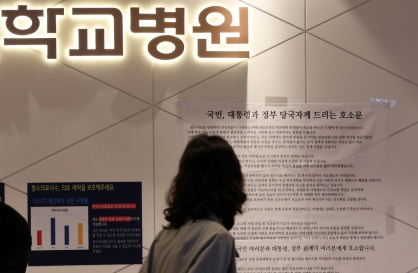
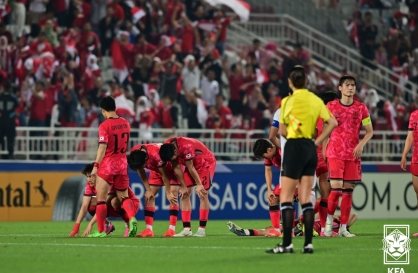
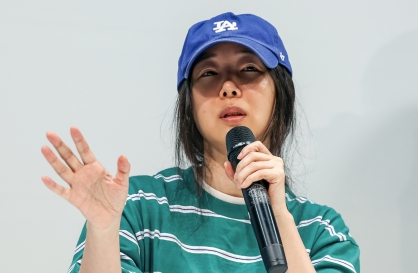
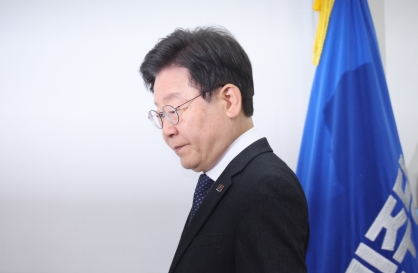

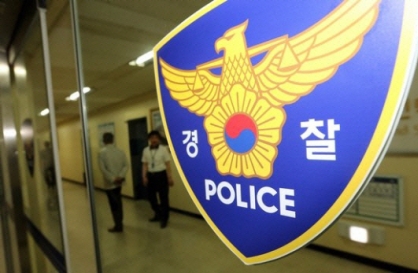
![[Hello India] Hyundai Motor vows to boost 'clean mobility' in India](http://res.heraldm.com/phpwas/restmb_idxmake.php?idx=644&simg=/content/image/2024/04/25/20240425050672_0.jpg)